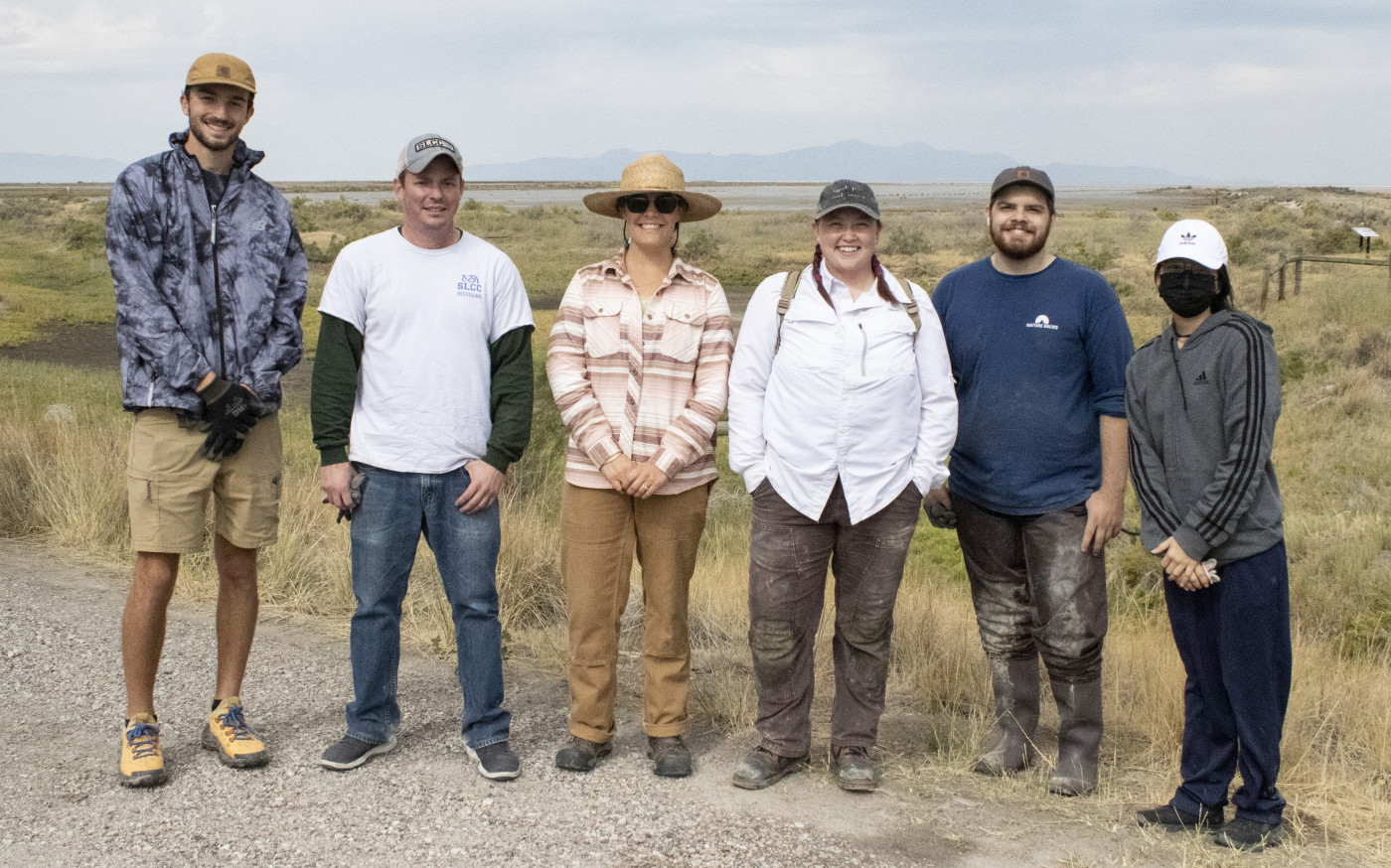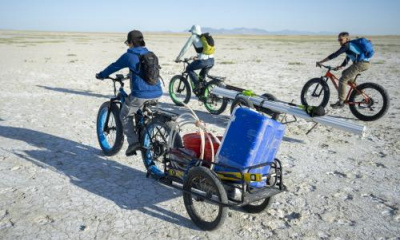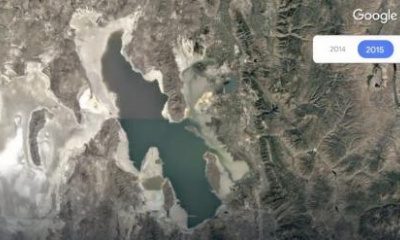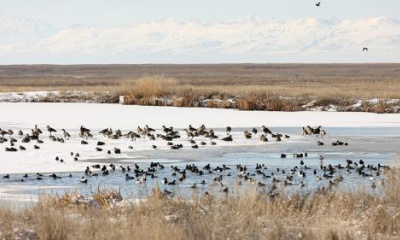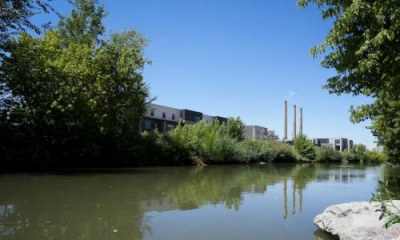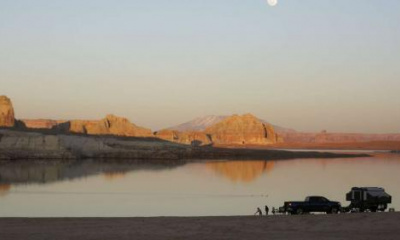The environmental and sustainability club at Salt Lake Community College only has a few members. Their majors are different, but they all have one thing in common: a love for nature.
So, when the annual Friends of Great Salt Lake cleanup on Sept. 17 came along, six members of the club volunteered to help clean the lake’s coast. This year’s cleanup saw a record number of volunteers, and they managed to gather 4,000 pounds of debris, ranging from bottle caps to a broken boat.
Mackenzie McMillen, student leader of the environmental and sustainability club, thought the cleanup would be a good way for the club to begin the fall semester.
“It’s our school’s namesake, it’s our city’s namesake,” she said. “We should care and do everything we can to preserve this ecosystem.”
Club member Mason Taylor said he volunteered for the cleanup because he loves being outside, but the lake’s dire circumstances also influenced his desire to help.
“This year we’ve seen more national and local coverage of what’s going on with the lake,” he said. “It’s just more reason to come out here, not only to be out here, but to take care of it.”
The lake hit multiple record lows this year following an already precarious 2021. Water diversions from the lake’s tributaries, done primarily for agriculture, have left the lake’s ecosystem in crisis.
As water levels at the lake shrink, saline levels increase. Reef-like structures, composed of microbialites, can’t survive if saline levels become too high or if there isn’t enough water. Two food chains at the lake, that of brine shrimp and brine flies, begin with microbialites.
And because 10 million birds rely on these two food chains for sustenance, concern for ecological collapse has risen as the lake’s water levels decrease, threatening microbialites.
“I’m in intro to environmental science and we’re talking a lot about the issues going on… and it’s kind of worrying,” said club member Ali Soweidan.
McMillen, meanwhile, is concerned about potential health effects from the exposed lakebed. Chemicals in the lakebed like arsenic, phosphorus and copper have the potential to become airborne without lake water.
“That’s going to affect everyone, and I think more immediately than we know,” McMillen said.
Impacts of the shrinking lake don’t stop there. The roughly 7,000 people employed by the brine shrimp industry are at risk of unemployment and adverse health effects because of the lake’s crisis.
“My partner is a brine shrimper,” McMillen said, “and because the lake level is so low, the harbor that he has formerly [worked] at is going to be closed. It’s not useable because they can’t get the boats in and out.”
Despite the situation, the environmental and sustainability club remains committed to fighting for the lake. Taylor and Soweidan want state leaders to visit the lake and listen to those working to save it, and they’re confident the community can push them to create better conservation legislation.
“It’s going to be a bad situation if it dries up,” McMillen added. “Keep focus on [the Great Salt Lake].”

